Keeping your dog’s nails trimmed is essential for their health and comfort. Long nails can cause discomfort, and pain, and even lead to joint issues.
But with so many nail clippers on the market, how do you choose the right one for your furry friend?
In this guide, we’ll explore everything you need to know about selecting the perfect nail clippers for your dog.
Contents Overview
Understanding Your Dog's Nails
Before diving into the world of nail clippers, it’s crucial to understand your dog’s nails. Canine nails consist of a hard outer shell and a soft inner core called the quick.
Cutting into the quick can cause pain and bleeding, so it’s essential to avoid it. Additionally, different dog breeds may have varying nail thickness and shape, influencing the type of clipper you’ll need.
Mastering the proper technique for dog nail trimming is essential for ensuring a safe and stress-free grooming experience for both you and your furry companion.
Why Nail Care Matters
Proper nail care is essential for your dog’s well-being.
Untrimmed nails can lead to discomfort, difficulty walking, and even health issues such as infections or joint problems.
Regular trimming prevents nails from becoming too long and causing pain or injury.
Factors to Consider When Choosing Nail Clippers
When it comes to choosing the right nail clippers for your dog involves considering several important factors to ensure a safe and effective grooming experience. Here are the key factors to keep in mind:
1- Size and Breed of Your Dog
The size and breed of your dog play a significant role in determining the type of nail clippers that will work best.
Smaller breeds typically have thinner nails, while larger breeds may have thicker, tougher nails. Consider the size and strength of your dog’s nails when selecting the appropriate clippers.
2- Type of Clippers
There are several types of nail clippers available, each with its advantages and disadvantages:
A- Guillotine-style Clippers
These clippers feature a hole where you insert your dog’s nail and a blade that slices through when the handle is squeezed. They are straightforward to use and suitable for dogs with small to medium-sized nails.
B- Scissor-style Clippers
Resembling traditional scissors, these clippers offer more control over cutting angles and may be preferable for dogs with thicker nails. They require more hand strength to operate effectively but provide precision trimming.
C- Grinder-style Clippers
Instead of cutting, grinder-style clippers use a rotating abrasive wheel to gradually grind down the nail. They are ideal for dogs who are sensitive to traditional clippers or have exceptionally thick nails. However, they require patience and gradual introduction for dogs to become comfortable with the grinding sensation.
3- Your Dog’s Comfort Level
Consider your dog’s temperament and sensitivity when choosing nail clippers. Some dogs may be more comfortable with a specific type of clipper or may have aversions to certain sounds or sensations.
Choose clippers that your dog is likely to tolerate well to minimize stress and anxiety during grooming sessions.
4- Safety Features
Look for nail clippers with safety features designed to prevent accidents and ensure a safe trimming experience:
A- Safety Guard
A built-in safety guard helps prevent cutting too much of the nail at once, reducing the risk of accidentally cutting into the quick (the blood vessel inside the nail) and causing bleeding or pain.
B- Non-slip Grip
A non-slip grip provides stability and control during trimming, reducing the likelihood of slips or accidents that could harm your dog.
C- Locking Mechanism
Some clippers feature a locking mechanism to keep the blades closed when not in use, preventing accidental injury or damage.
5- Durability and Quality
Invest in high-quality nail clippers that are durable and built to last. Cheaper, low-quality clippers may not provide a clean, precise cut and may dull quickly, requiring frequent replacement.
Look for clippers made from durable materials with sharp, stainless steel blades for optimal performance and longevity.
6- Ease of Use
Choose nail clippers that are easy to use and maneuver, especially if you are not experienced with grooming your dog’s nails.
Clippers with ergonomic handles and intuitive designs make the trimming process more comfortable for both you and your dog.
7- Price and Value
Consider the price of the nail clippers relative to their quality, features, and durability.
While it may be tempting to opt for the cheapest option, investing in a higher-quality pair of clippers can save you money in the long run by providing reliable performance and lasting durability.
By considering these factors carefully, you can select the right nail clippers for your dog’s specific needs and ensure a safe, stress-free grooming experience for both you and your furry friend.
Types of Dog Nail Clippers
When it comes to grooming your dog’s nails, there are several types of nail clippers to choose from. Each type has its own unique design and functionality, catering to different preferences and needs. Here’s an overview of the most common types of nail clippers:
1- Guillotine-style Clippers
Design: Guillotine-style clippers consist of a stationary ring where you insert your dog’s nail and a blade that moves upward when the handle is squeezed, slicing through the nail.
Advantages: These clippers are easy to use and provide a quick, clean cut. They are ideal for dogs with small to medium-sized nails.
Disadvantages: Guillotine-style clippers may be less effective for larger breeds or thicker nails, as the blade may struggle to slice through denser nail material.
2- Scissor-style Clippers
Design: Resembling traditional scissors, scissor-style clippers feature two blades that come together to cut the nail when the handles are squeezed.
Advantages: Scissor-style clippers offer more control over cutting angles, making them suitable for dogs with thicker nails or specific trimming preferences. They provide precise trimming and are available in various sizes to accommodate different breeds.
Disadvantages: These clippers may require more hand strength to operate effectively, especially when trimming tougher nails. They also have a higher risk of crushing the nail if not used properly.
3- Grinder-style Clippers
Design: Grinder-style clippers utilize a rotating abrasive wheel to grind down the nail gradually rather than cutting it.
Advantages: Grinder-style clippers are ideal for dogs who are sensitive to traditional clippers or have exceptionally thick nails. They offer a gentle, gradual trimming process that may be less intimidating for nervous dogs.
Disadvantages: These clippers require patience and gradual introduction for dogs to become comfortable with the grinding sensation. They also produce noise and vibration, which may be unsettling for some dogs.
4- Plier-style Clippers
Design: Plier-style clippers feature a scissor-like design with a single blade that cuts the nail when pressure is applied to the handles.
Advantages: Plier-style clippers provide a quick and efficient trimming experience, making them suitable for dogs with thicker nails or for owners who prefer a straightforward grooming tool.
Disadvantages: These clippers may have limited control over cutting angles compared to scissor-style clippers. They can also be challenging to use on smaller nails or for detailed trimming.
5- Rotary-style Clippers
Design: Rotary-style clippers feature a circular blade that rotates to trim the nail, similar to a mini power tool.
Advantages: Rotary-style clippers offer quick and efficient nail trimming, making them suitable for dogs with thick or tough nails. They provide a smooth, even cut and are often battery-powered for added convenience.
Disadvantages: These clippers may be more expensive than other types and require batteries or a power source for operation. They may also produce noise and vibration, which can be unsettling for some dogs.
Each type of nail clipper has its own set of advantages and disadvantages, so it’s essential to consider your dog’s specific needs and your own preferences when choosing the right tool for nail trimming.
Experimenting with different types of clippers may help you find the one that works best for you and your furry friend.
How to Trim Your Dog's Nails Safely
Once you’ve selected the right nail clippers, it’s time to trim your dog’s nails safely. Follow these steps for a stress-free nail-trimming experience:
1- Prepare Your Dog
Get your dog accustomed to the clippers by letting them sniff and inspect them before starting.
2- Find the Quick
Use a flashlight to illuminate the nail and locate the quick. It’s the pink area within the nail; avoid cutting into it.
4- Take It Slow
Start by trimming a small amount of the nail tip. If you’re unsure, it’s better to trim less than risk cutting the quick.
5- Use Caution with Dark Nails
Dark-colored nails make it harder to see the quick. Trim small amounts at a time and stop when you see a black dot in the center.
6- Dealing with Anxiety
When dealing with anxiety during dog nail trimming, it’s important to implement helpful tips for handling to ease both your and your furry friend’s stress.
7- Handling Bleeding
In case of accidental dog nail bleeding, knowing how to stop dog nail bleeding promptly is essential to prevent discomfort and ensure a swift recovery.
8- Reward Your Dog
Praise and reward your dog after each successful nail trim to create positive associations.
Tips for Success
Regular Trimming:
Recognize signs of overgrown nails in dogs and trim your dog’s nails every 2-4 weeks to prevent overgrowth.
Stay Calm
Dogs can sense your anxiety, so remain calm and patient during the nail-trimming process.
Have Styptic Powder on Hand
In case you accidentally cut the quick, styptic powder can help stop bleeding.
Seek Professional Help if Needed
If you’re uncomfortable trimming your dog’s nails or if your dog becomes too stressed, consult a professional groomer or veterinarian.
Bottom Line
Choosing the right nail clippers for your dog is essential for maintaining their overall health and comfort.
By considering factors such as your dog’s size, temperament, and nail type, you can select the perfect tool to make nail trimming a stress-free experience for both you and your furry friend.
Remember to prioritize safety and patience during the trimming process, and always seek guidance from a veterinarian if you’re unsure about the best approach for your dog’s nail care needs.
With the right nail clippers and proper technique, you can keep your dog’s nails healthy and happy for years to come.


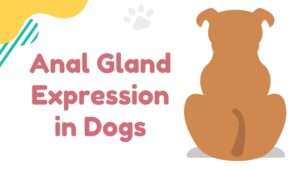
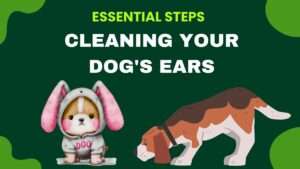


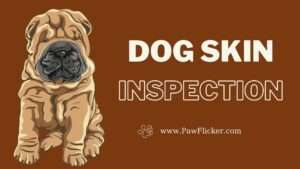
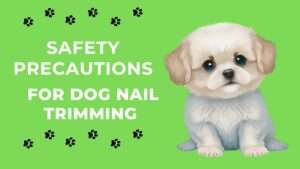
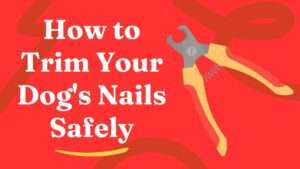
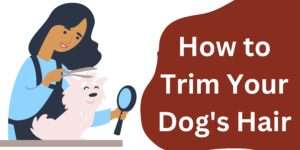

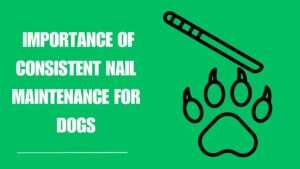
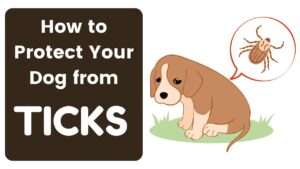


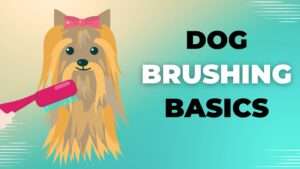
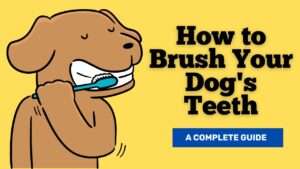
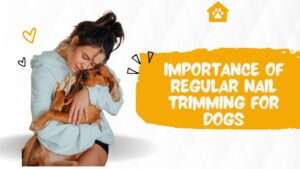

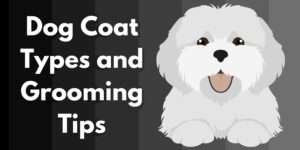



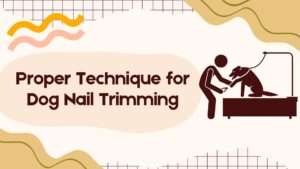
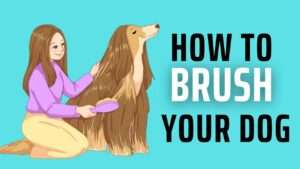







+ There are no comments
Add yours